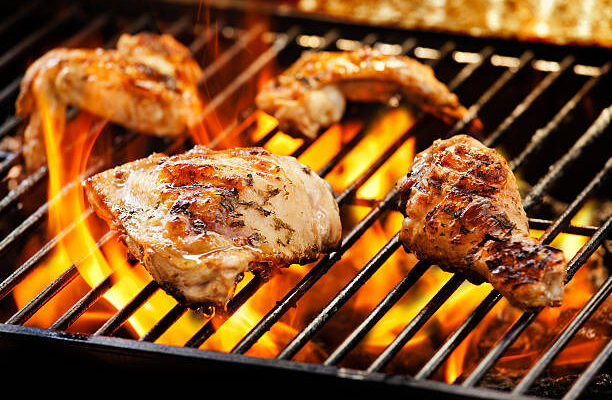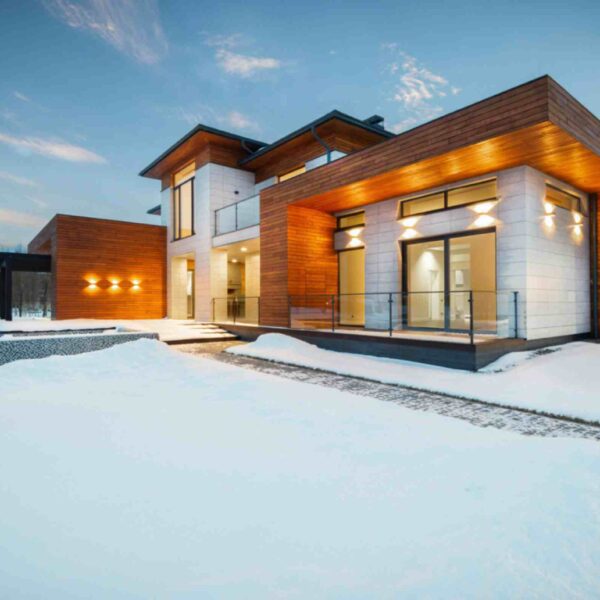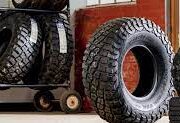
Among devoted pitmasters, offset charcoal smokers rank among the most esteemed configurations thanks to authentic fire-fueled flavors. Mastering offset charcoal rigs may require patience, yet rewards dedicated enthusiasts with incredibly succulent, smoke-kissed meat. Follow these essential tips when using your offset charcoal smoker.
Choose Quality Lump Charcoal
Not all charcoal proves equal. Opt for lump hardwood varieties avoiding fillers over briquettes containing additives that taint smoke flavor. Premium mesquite, hickory and oak mirror wood-burning offsets. Light charcoal chimneys worth initially for fastest ignition.
Perfect Intake Ventilation Tuning bottom and side vents properly regulates oxygen levels for clean, efficient burns. Watch for billowing dark smoke signaling too little air for full fuel combustion. Open vents until smoke runs thin and blue (or clear) for ideal gentle smoking. Beware over-ventilating as runaway heat can emerge.
Mind The Stack
While intake valves govern burn rate, exhaust stacks preserve convection. Stacks pulling air and particulates upward through cooking chambers enhances smoke permeation into meats while stabilizing temps. Adjust stack interiors to flick ashes but avoid impeding draft.
Going Low and Slow Maintaining 225-275°F zone means meats soak up sweet smoke nuances over 4+ hours. Quick-smoking yields tougher results so patience pays off. Keep the fire steady, periodically sprinkling new charcoal to replenish sustained low heats.
Rotate Contents
Given traditional offset configuration, heat and smoke levels fluctuate slightly at chamber front vs. rear. Every hour, swap meat locations front-to-back and upper-to-lower grates for uniform exposure. Remember, you’re cooking low-and-slow over an all-wood fire – succulence emerges in due time.
Try Moisture Infusions From water pans to soaked wood chunks, adding moisture tempers the drying effects of charcoal cooking. For crust meats like brisket, spritz with apple juice/cider vinegar solutions hourly. Just don’t oversaturate charcoal and snuff your fire.
Probe Center-Mass
While offset thermometers offer ambient insight, rely instead on digital meat probes in thickest, meatiest sections. Achieving 205°F internally signals tender finished barbecue. For whole chickens or turkey, probe deep in thighs and breasts respectively without touching bone.
Patience Delivers Dividends
Resist rushing an offset charcoal smoker. Skipping steps risks sooty flavors or undercooked meat lacking peak juiciness. But following this blueprint unlocks world-class barbecue sure to impress guests. From fire building to smoke tending and meat monitoring, embrace the methodical offset process!
When used properly, offset smokers create phenomenal flavor oly possible cooking low-and-slow over an all-wood fire. Master airflow and heat controls, then let time work deliciously smoked magic.
Final Thoughts
Learning any new piece of cooking equipment takes patience and practice. But committing to mastering your offset charcoal smoker through proper fire and airflow regulation, temperature maintenance and meat rotation ensures mouthwatering results. While initially requiring vigilance adjusting intake vents and smokestacks producing that sweet spot low-and-slow climate, nuanced heat and smoke control soon becomes second nature. Before you know it, your offset charcoal smoker churns out perfect plates of brisket, ribs and pulled pork thanks to your fire mastery. So grab some lump charcoal and get ready to impress as you unlock genuine wood-fired barbecue greatness from your offset smoker.











